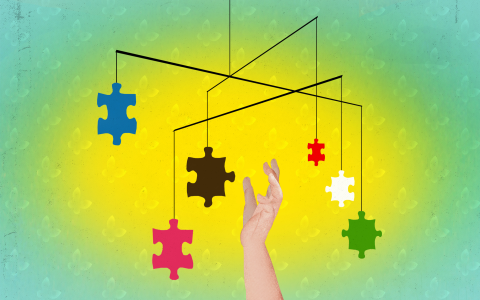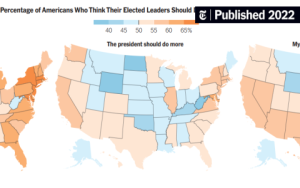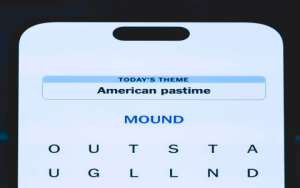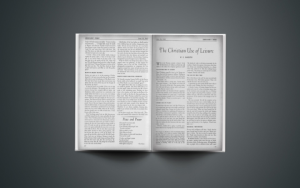Deciphering "what was left on" during puzzle creation requires identifying essential background processes, both physical and cognitive, enabling sustained creative work. Key elements typically remain active include:
Core Infrastructure & Environment
- Electrical Power: Continuous power flow was essential for lights, computers, peripherals, and climate control.
- Workstation Lighting: Task lighting (desk lamp, room lights) stayed on to ensure clear visibility of materials, sketches, and screens.
Hardware & Tools
- Primary Computing Device: The core workstation (PC, laptop, tablet) remained operational, running development software.
- Secondary Screens: Any auxiliary monitors stayed active for reference materials, communication, or software panels.
- Relevant Peripherals: Keyboards, mice, graphics tablets, or other input devices remained powered and connected.
Software & Digital Resources
- Development Software: Critical applications (graphics editors, puzzle IDEs, text editors, compilers) were actively running.
- Reference Material Tabs: Browser tabs or windows containing dictionaries, thesauruses, research sources, or design inspiration remained open.
- Communication Tools: Email clients, messaging apps (Slack-style, not linked), or collaboration platforms ran for internal team coordination.
- Version Control System: Tools like Git remained active locally or connected to track changes collaboratively.
- Digital Asset Libraries: Connections to any internal asset databases or cloud storage stayed live for access.
Cognitive Processes
- Sustained Focus: The creator's concentration on puzzle logic, theme, and mechanics remained engaged.
- Problem-Solving Mode: Active pattern recognition, solution-path testing, and iteration loops were ongoing.
- Creative Flow: The state of focused immersion necessary for generating unique puzzle elements and narratives stayed active.
- Quality Control Awareness: Constant vigilance for inconsistencies, ambiguities, and solvability issues remained switched on.
Essentially, "what was left on" refers to the fundamental energy sources, operating tools, digital workspace environments, and the creator's engaged mental faculties necessary to build the puzzle system continuously. Removing any would disrupt the deep, focused work required.











